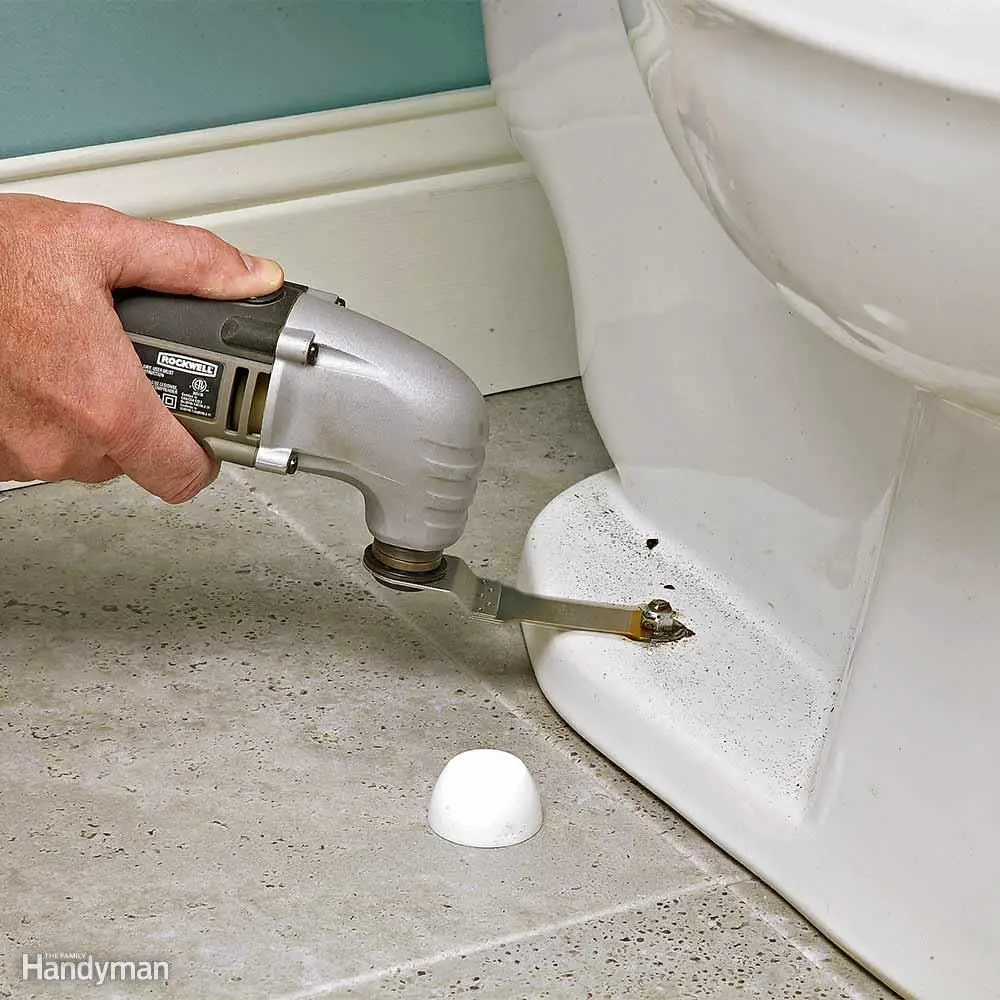
If you live in a humid area or during the summer, water can condense on the outside of the toilet seat and if it’s a large enough amount, trickle to the floor and appear like a leak. Water will then leak from the tank, trickle down the pipe and onto the floor around the toilet seat. However, if the toilet bowl has cracks or the connection boots aren’t in good condition, you will observe water on the floor.Īnother way a leaking toilet tank can lead to water being found on the floor of the toilet is when the seal around the pipe from the toilet tank isn’t in good condition. If the toilet seat is in good condition, this leaking water will simply flow to the drainpipe. However, there are times the flapper doesn’t work well and let’s water flow to the bowl even when you’re not flushing the toilet.

This flushing is then controlled by a flapper mechanism. The toilet tank holds water ready for flushing. This water can seep through the cracks and onto the floor.

Cracks at the P-trap will lead to leaks on the floor when the toilet isn’t in use given that the P-trap has water at all times. If your toilet leaks even when not in use, the causes can be any of the following:Īs stated above, cracks on the toilet can lead to leaks with water pooling on the floor around the toilet. Leaks after the P-trap are tougher to identify due to less leaks but are more dangerous as they can easily compromise the whole toilet seat.
#TRICKS FOR REMOVING TOILET TANK BOLTS CRACK#
On the other hand, if the crack is after the P-trap, leaks will occur only when you flush the toilet. If the crack is located around the P-trap, the leak will occur even when you’re not using the toilet. With cracks on the toilet bowl, water will leak to the floor depending on the location of the crack. When the toilet bowl is cracked, it can be hard seeing the actual crack since they often occur at the very base of the toilet bowl and can be very small. The danger is that it can lead to a break down of a large part of the floor since the floor might not be strong enough to support the weight of the toilet and the user as well. This is especially bad for wooden floors since the floor can rot even without you knowing of it. This can lead to an easy breakdown and water and even sewer gases can escape through the wax ring unto the floor of the house.Ī broken wax ring can be quite problematic given that it can bring about a leak inside the floor. The wax ring is a unique type of seal in that it’s a solid ring when new but disintegrates with time. As its name suggests, it’s made up of wax to both provide a watertight and airtight seal at the connection. The wax ring of your toilet is one of the seals between the toilet seat and the drainpipe. When the leak occurs accompanied by a foul smell, it’s usually a loose connection bolt or two. This connection is a delicate one that needs to have the wax ring and other gaskets and seals properly together. The connection bolts need to have washers on them and should always be tight enough to keep the water stored in the P-trap of the toilet bowl from leaking out. These bolts need to be very tight in that they don’t allow water or air to pass through the connection between the floor and the toilet seat. The toilet’s connection bolts are what hold the seat of the toilet to the drainpipe and the floor. Some of the causes for a leaking toilet base when flushed are as follows: Loose Connection Bolts

Also, the water might be too little to make a pool on the floor that’s large enough to get your attention. When your toilet leaks at the base, you might not even notice it especially when the color of the floor masks the wetness. Tips to Prevent Base Leaks Why is My Toilet Leaking at the Base when Flushed Only?


 0 kommentar(er)
0 kommentar(er)
